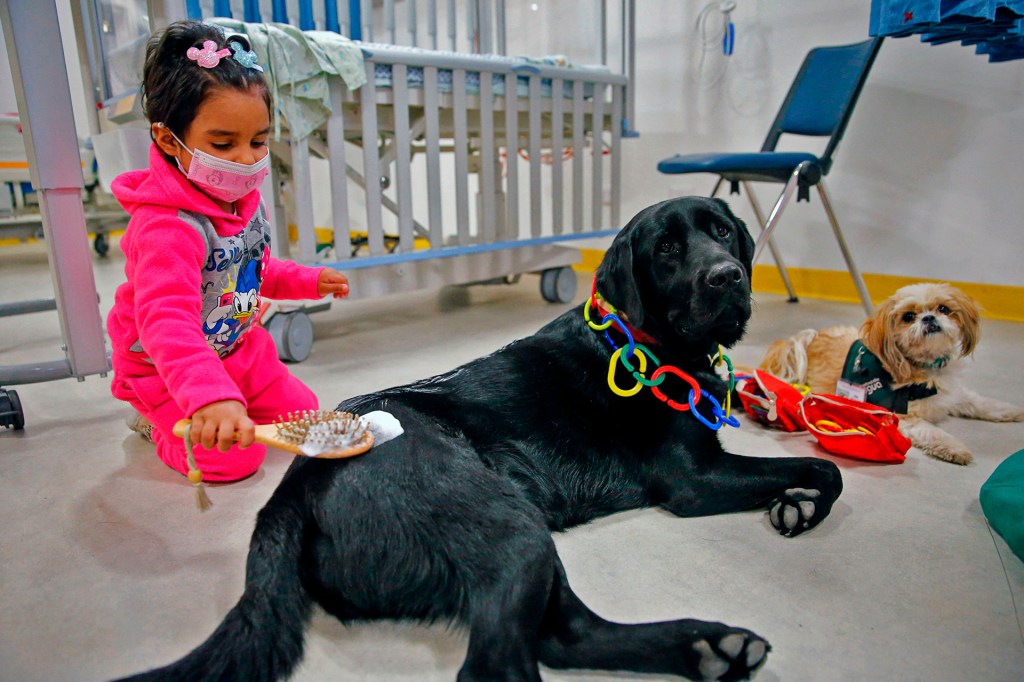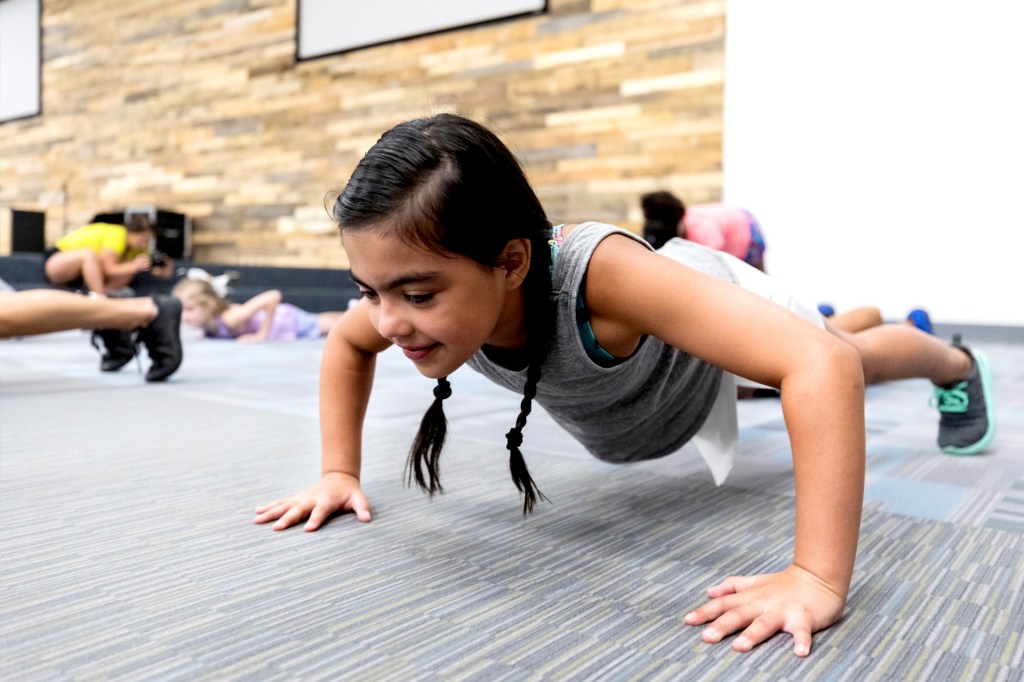Meet Stevie
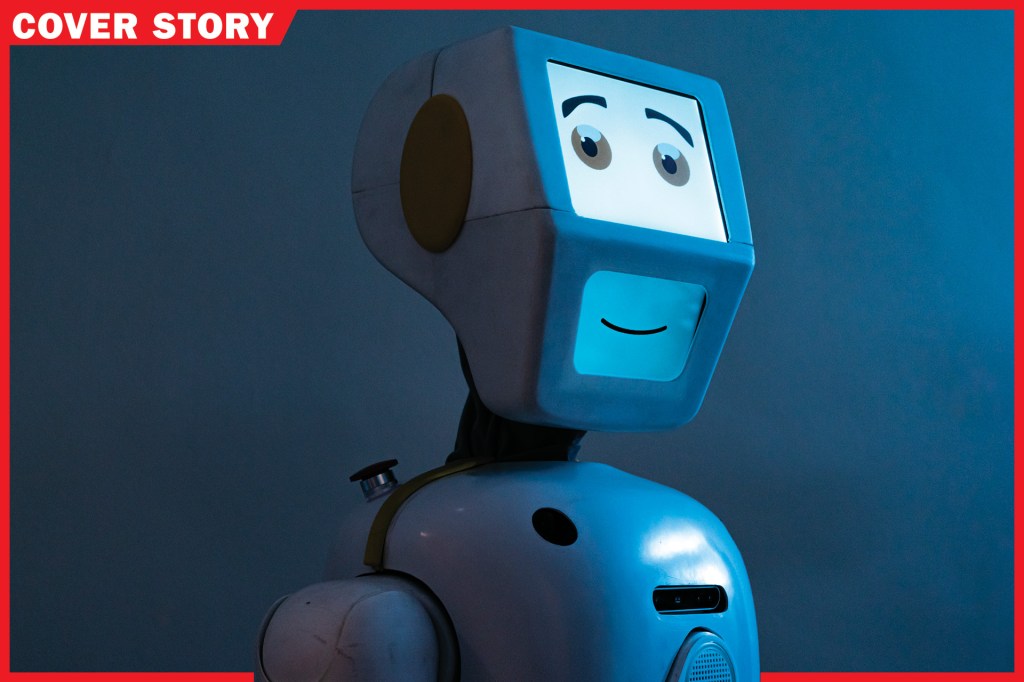
It’s karaoke-rehearsal time at the Knollwood military retirement
retirement
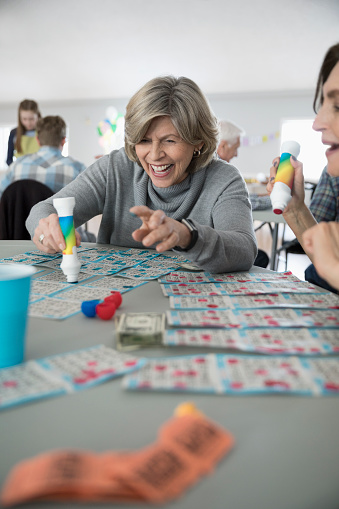 HERO IMAGES/GETTY IMAGES
relating to the period after you have permanently stopped working at your job or profession
(adjective)
My grandma visits the retirement home to play Bingo each week.
community, in Washington, D.C. Phil Soriano is 86. He has hosted the community’s sing-alongs since 2016. Today, he’ll share host duties with a special guest, one who has been at Knollwood for the past six weeks: Stevie.
HERO IMAGES/GETTY IMAGES
relating to the period after you have permanently stopped working at your job or profession
(adjective)
My grandma visits the retirement home to play Bingo each week.
community, in Washington, D.C. Phil Soriano is 86. He has hosted the community’s sing-alongs since 2016. Today, he’ll share host duties with a special guest, one who has been at Knollwood for the past six weeks: Stevie.
Soriano wants to sing the song “Y.M.C.A.” while Stevie leads the crowd through the song’s dance moves. This will be difficult. Why? Stevie is a robot.
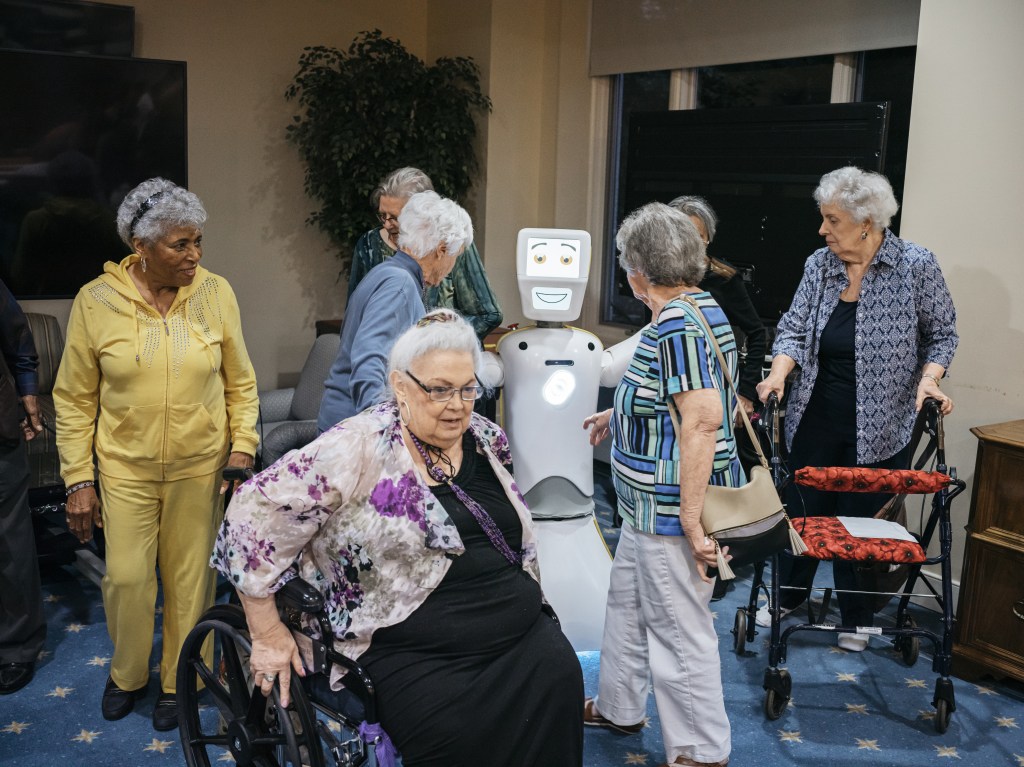
NEW IN TOWN Knollwood residents inspect Stevie, a friendly robot.
GREG KAHN FOR TIME“We could try to make him dance,” says Niamh Donnelly. She’s Stevie’s lead AI
AI
 SITTHIPHONG THADAKUN—EYEEM/GETTY IMAGES
artificial intelligence; the ability of a machine to imitate human behavior
(noun)
The credit card company uses AI to protect users from identity theft.
engineer. Donnelly types commands on a laptop. In response, the robot stretches its peg-like arms. A grin flashes on its digital
digital
SITTHIPHONG THADAKUN—EYEEM/GETTY IMAGES
artificial intelligence; the ability of a machine to imitate human behavior
(noun)
The credit card company uses AI to protect users from identity theft.
engineer. Donnelly types commands on a laptop. In response, the robot stretches its peg-like arms. A grin flashes on its digital
digital
 TOM ODULATE—GETTY IMAGES
using computer technology
(adjective)
I read the digital version of TIME for Kids.
face.
TOM ODULATE—GETTY IMAGES
using computer technology
(adjective)
I read the digital version of TIME for Kids.
face.
Stevie was made by the Robotics and Innovation
innovation
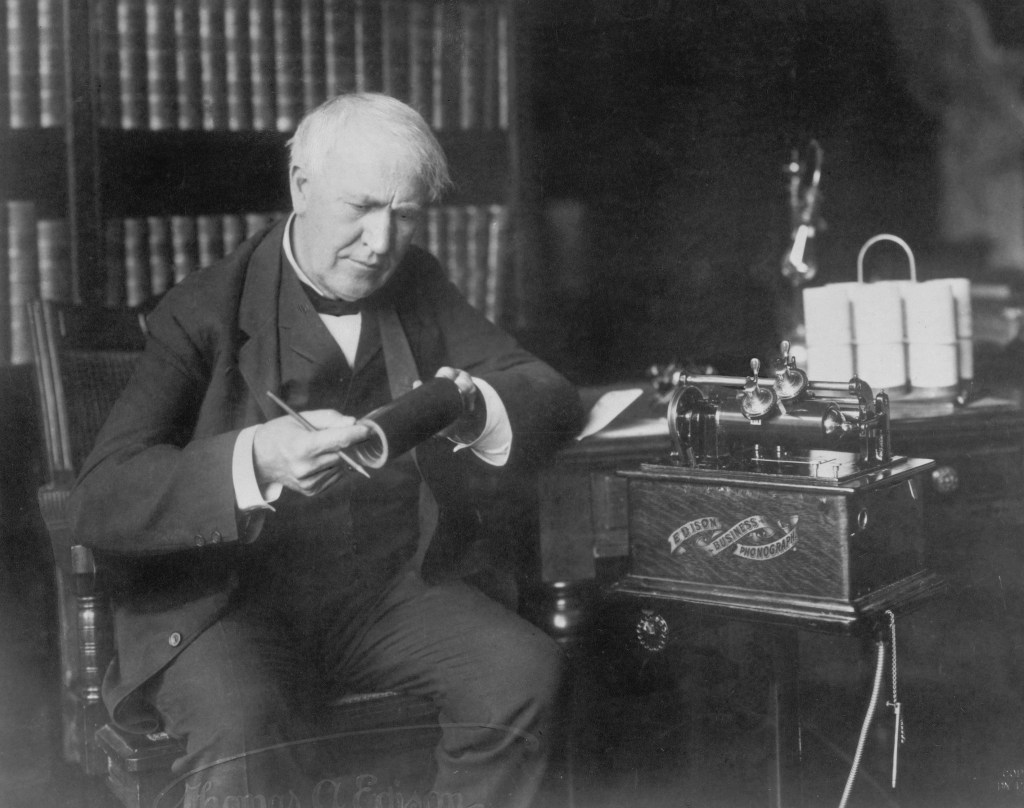 OMIKRON OMIKRON/GETTY IMAGES
a new idea, device, or method
(noun)
When the lightbulb was invented in 1879, it was an important innovation.
Lab at Trinity College Dublin, in Ireland. Trinity researchers moved into Knollwood this year. They are trying to understand what people there might want from a robot.
OMIKRON OMIKRON/GETTY IMAGES
a new idea, device, or method
(noun)
When the lightbulb was invented in 1879, it was an important innovation.
Lab at Trinity College Dublin, in Ireland. Trinity researchers moved into Knollwood this year. They are trying to understand what people there might want from a robot.
At Your Service
Many different robots are used in health care. Some zip around hospitals like motorized carts. Doll-like robots bring patients comfort. Stevie is what’s known as a social robot. It’s designed to interact
interact
 MINT IMAGES/GETTY IMAGES
to act upon one another
(verb)
My dog Sharon loves to interact with humans.
with people. Stevie responds to words with speech and movements. For example, tell Stevie you’re sick, and it frowns and says, “I’m sorry to hear that.” Compliment Stevie, and its screen changes to a smile. At rest, its eyes blink. Stevie’s waiting for a command.
MINT IMAGES/GETTY IMAGES
to act upon one another
(verb)
My dog Sharon loves to interact with humans.
with people. Stevie responds to words with speech and movements. For example, tell Stevie you’re sick, and it frowns and says, “I’m sorry to hear that.” Compliment Stevie, and its screen changes to a smile. At rest, its eyes blink. Stevie’s waiting for a command.
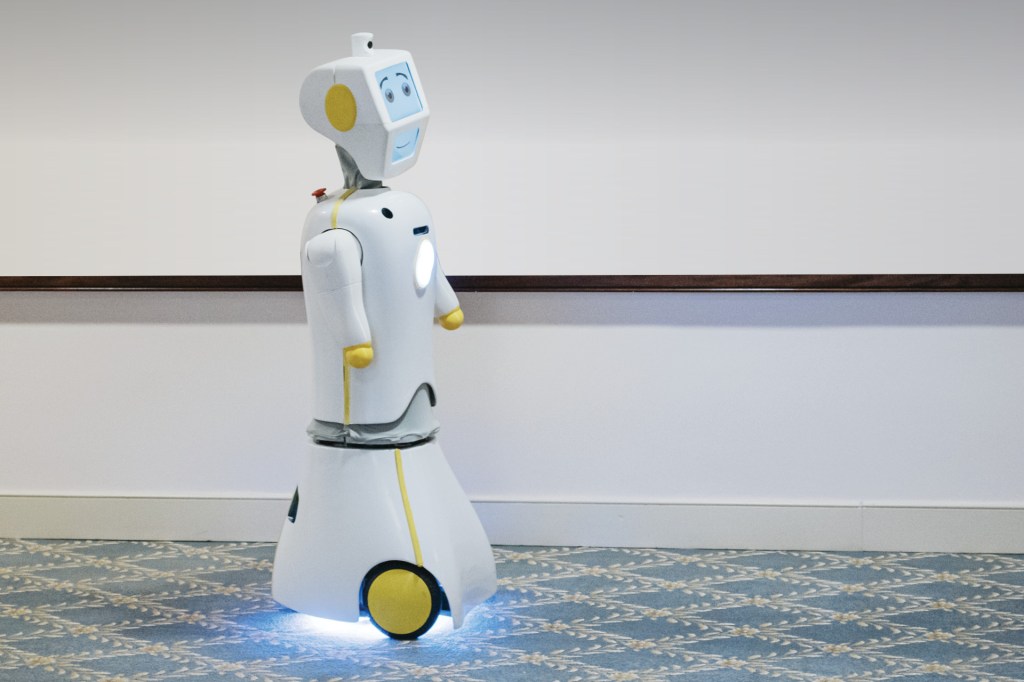
ON A ROLL Demand for social robots like Stevie, seen here rolling down a hallway, is expected to grow 29% by 2022.
GREG KAHN FOR TIMEStevie can answer about 100 questions, such as “How are you?” Otherwise, a person must type words for Stevie to say. At an event with Knollwood residents, Donnelly had Stevie tell a joke: “What did the left eye say to the right? Between you and me, something smells!”
Researchers guessed people would want Stevie to do chores, says Conor McGinn, Stevie’s lead engineer. But residents didn’t want to give Stevie an order and have it scoot away. They wanted Stevie to stay and keep them company.
According to McGinn, his team asked residents what they liked most about the robot. They said, “It made me smile.”
Jobs at Risk?
Some health-care workers are worried about Stevie. The monthly cost for the robot would be about half the cost of hiring a human to do the job. And unlike a human, a robot can be on its feet—well, its wheels—all day without getting tired. But Stevie’s creators say they don’t want to replace people. They want robots and humans to work together.
Menbere Gebral works at Knollwood. She’s an activities assistant there. Stevie came to her bingo hour. At first, Gebral was nervous. But after one game, she was glad. Stevie called out the numbers so Gebral could help people. Even with Stevie running the activity, Gebral was busy during bingo hour. And she was busy doing the part of her job that she likes best—interacting with residents. “It’s very helpful,” she says of Stevie.
And what about the karaoke concert? “Y.M.C.A.” was a hit. Stevie did the best dance it could. It wasn’t perfect, but that didn’t matter. The audience was happy.
Health Tech
Health care is quickly changing. That’s because of new medical inventions. No one can guess what the future will be. But here are three items that give us a glimpse of it.
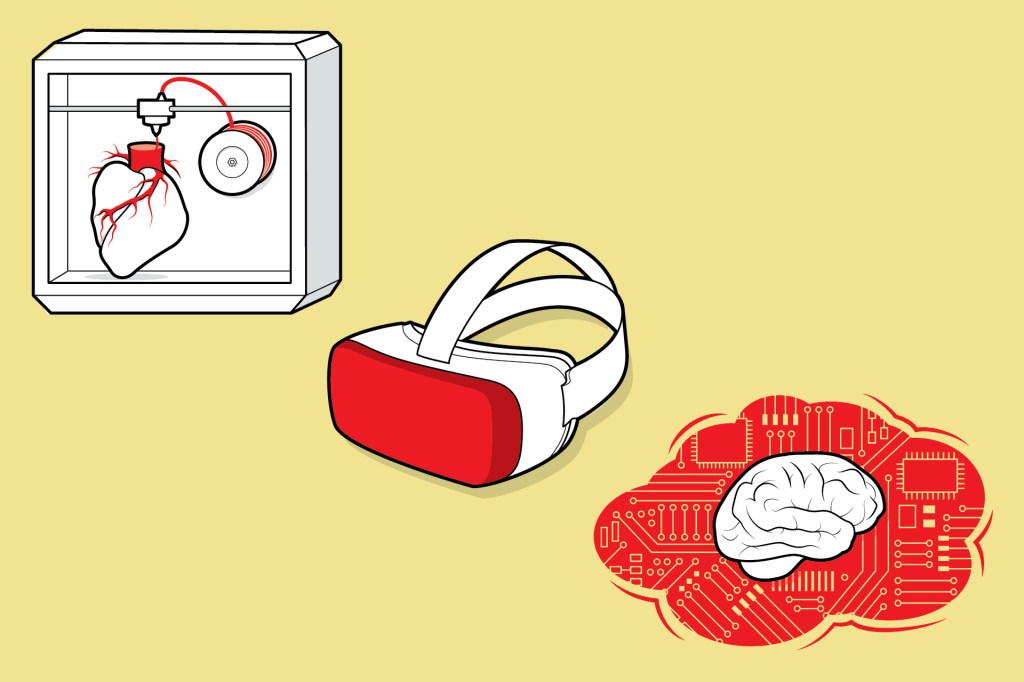
3-D HEARTS HeartFlow makes digital models of hearts. Doctors use them to prepare for surgeries. The models can be zoomed into.
VR THERAPY After a spine injury, Isabel Van De Keere started a company. It’s called Immersive Rehab. It uses VR to help injured patients heal.
MIND-READING WATCH With the CTRL-kit watch, users play video games—using only their brain. The watch detects the brain’s electrical impulses.






